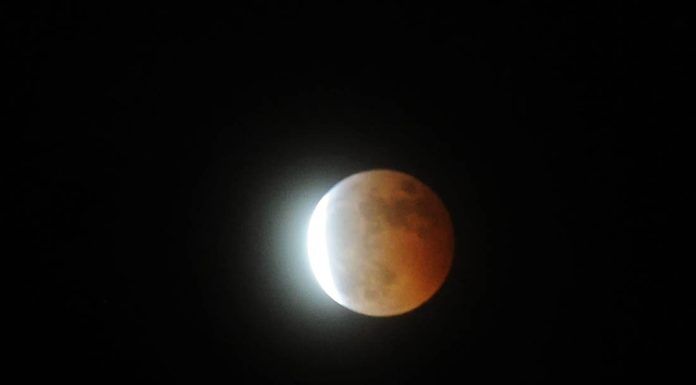Dias de Los Muertos is Oct. 31 to Nov. 2, but the Third Avenue Village Association’s Semana de Los Muertos will start October 26 and will be a weeklong celebration of the popular holiday.
“We’re doing it for a whole week just to extend the love basically,” said Heather Marshall, communications manager with the association. “The idea is to bring community and business together. So that’s why (we) have community-made altars placed in Third Avenue businesses.”
Semana de Los Muertos will be an installation of traditional Dias de Los Muertos altars displayed in businesses along Third Avenue. The altars are called ofrendas and are designed to celebrate the life of a loved-one who has died. Ofrendas are usually decorated with sentimental objects and food the person liked in life.
This is the first year of the celebration and like many firsts, it is somewhat experimental and this might be the only time the Village Association hosts it.
“The truth is, this may be it. It depends on the grant funding,” said Marshall. “We’re celebrating this year because the board felt there was a need for something cultural along Third Avenue, so we applied and were awarded the grant.”
Semana de Los Muertos has been fully funded by the Chula Vista Performing and Visual Arts Fund Grant, a City of Chula Vista grant that has previously been awarded to the San Diego Youth Symphony, High Tech High and other South Bay artists.
While funding may not be available for Semana de Los Muertos next year, the celebration this year has about 15 businesses already participating. The celebration will peak October 29 with Dia de Los Muertos themed activities at the Village’s regular Thursday Farmer’s Market. Altars will also be entered into a contest and winners will be announced during the Market.
“We’re acknowledging Dia de Los Muertos instead of Halloween because it fits more with the cultural aspects and the people that live South Bay of San Diego,” said Marshall.
Dia de Los Muertos traces its roots back centuries to the European-originated All Saints Day, but it is uniquely Central American with many skull decorations, face painting and festive foods like sugar skulls. The Catrina, a skeleton woman in aristocratic clothes is the most common image associated with the holiday.
“It’s a chance for the community to come see the altars, check out our businesses,” see the village,” Marshall said.














